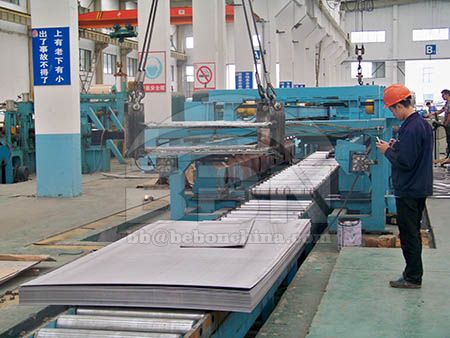
SUS 316 and 316L are common stainless steel materials, but they have some differences in chemical composition and applicable fields. Firstly, both 316 and 316L contain elements such as chromium, nickel, and molybdenum, which give them excellent corrosion resistance. The main difference is that the "L" in 316L represents low carbon, that is, low carbon content.
Compared to 316 stainless steel, 316L stainless steel has a lower carbon content that provides better corrosion resistance, especially near the heat affected zone (WHAZ) after welding. Low carbon content can reduce redox reactions and lower the risk of intergranular corrosion, making 316L more suitable for use in high corrosion environments and high-temperature conditions.
In addition, due to its better corrosion resistance, 316L stainless steel is widely used in fields such as medical devices, chemical treatment equipment, and marine environments that require high corrosion resistance. However, in comparison, 316 stainless steel may be more suitable for general applications because their mechanical properties and processing characteristics are generally similar.
In summary, the choice of using 316 or 316L stainless steel depends on the requirements for corrosion resistance according to specific application needs. If better corrosion resistance is needed, especially in corrosive environments and high temperature conditions, then choosing 316L stainless steel will be more suitable, and for general applications, 316 stainless steel can also meet most needs.
Just like you, 70% customers choose long-term cooperation with BBN steel not only for our good product and service quality, good reputation in the international market, but also for our experienced one-stop raw material supply and further steel processing!


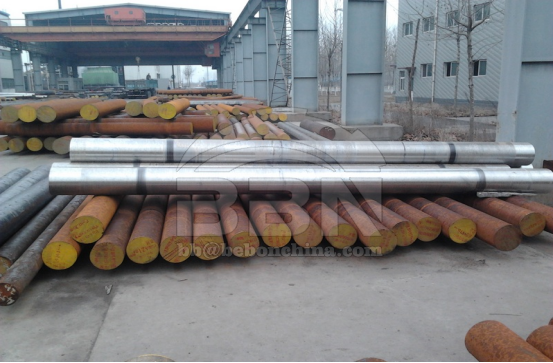
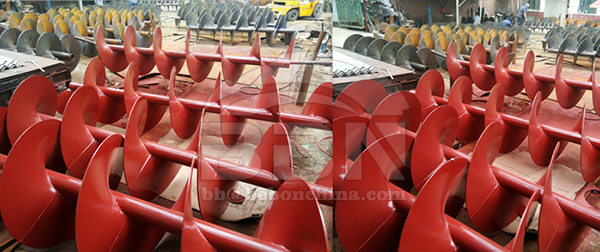
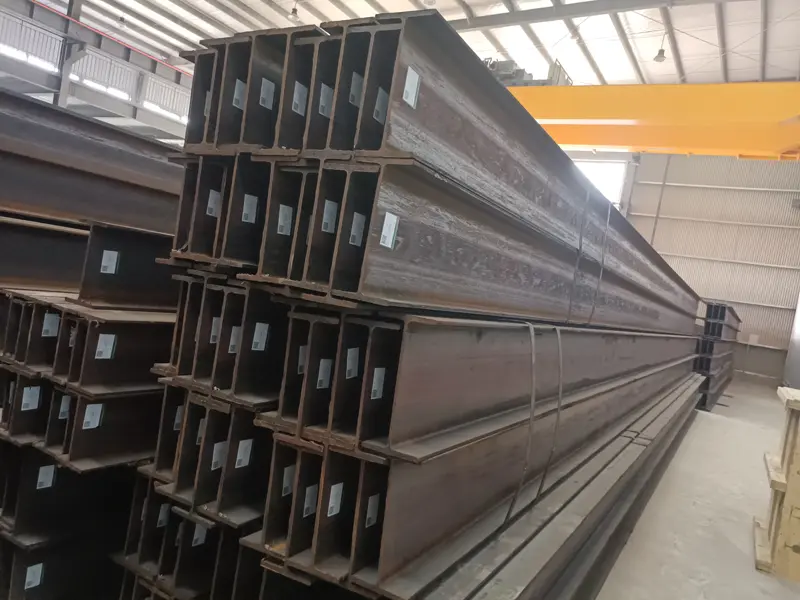

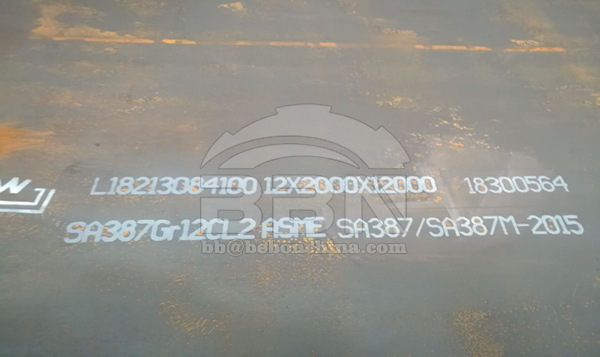
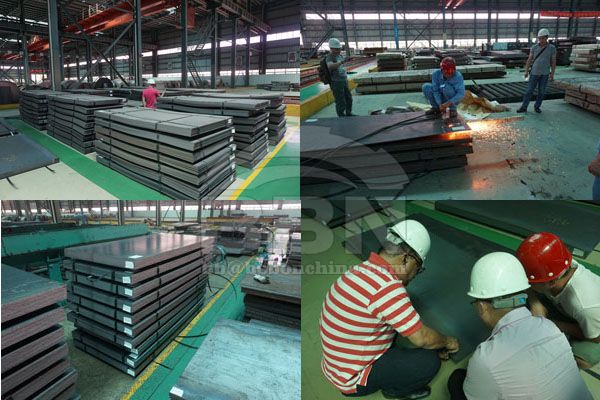
Henan BEBON Iron&Steel co.,ltd.